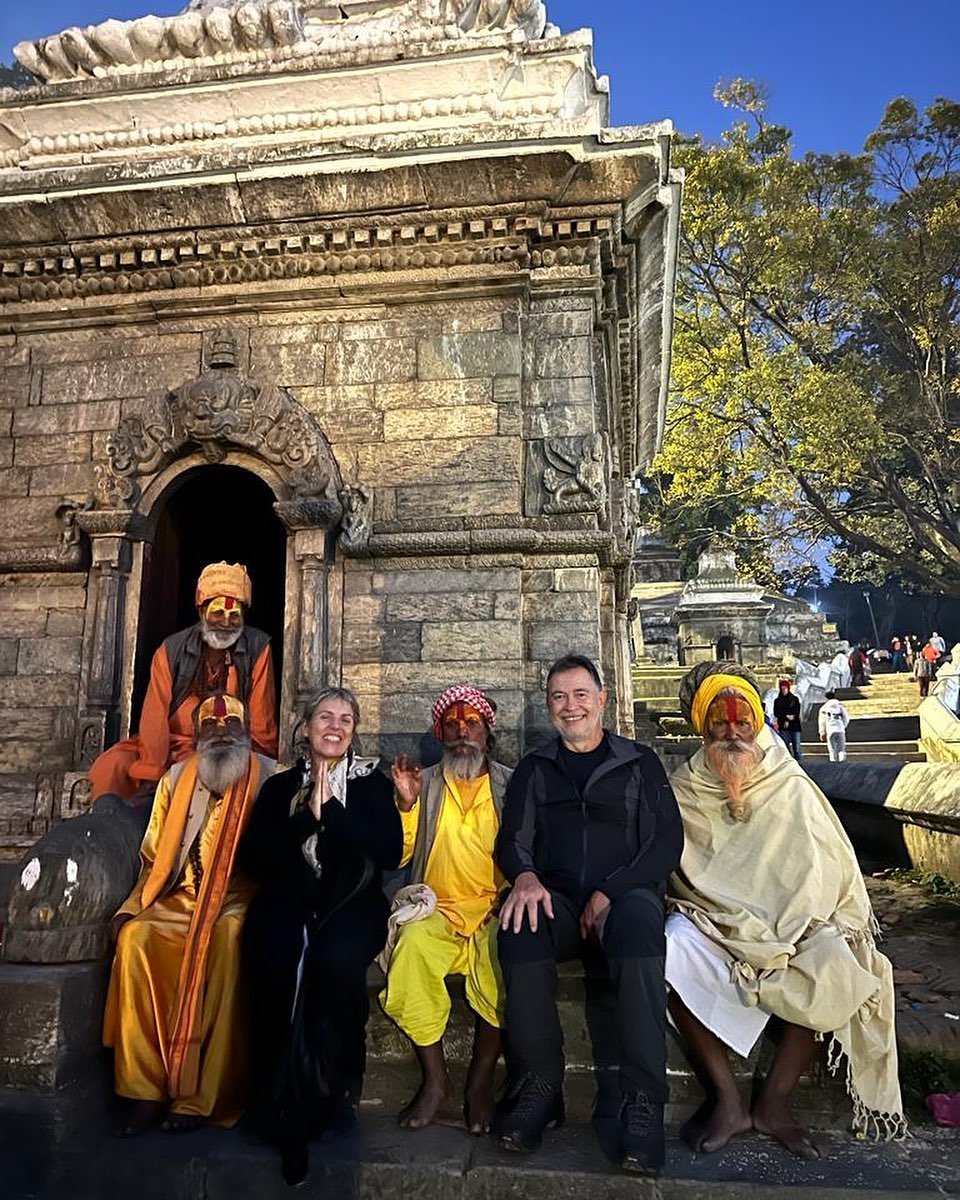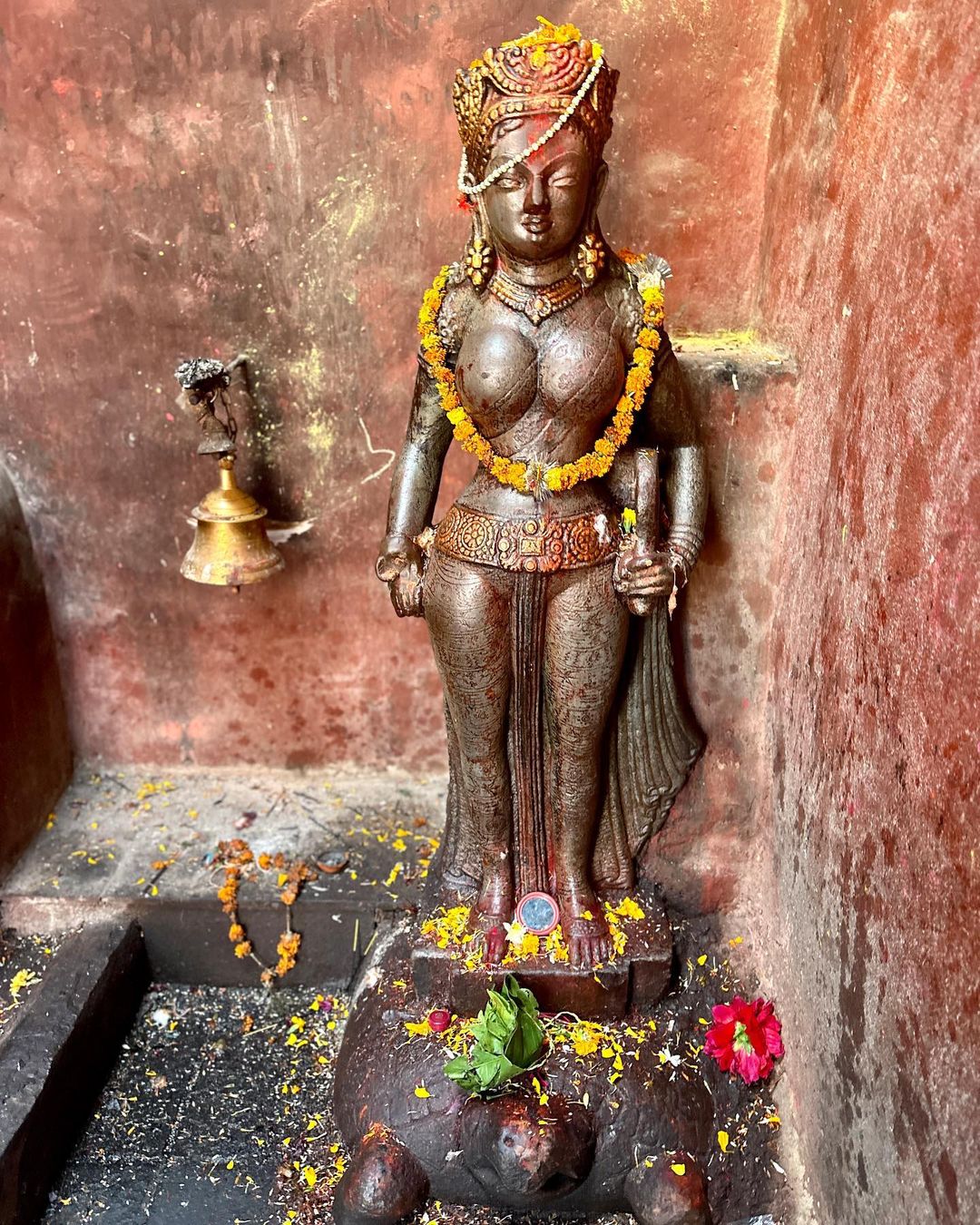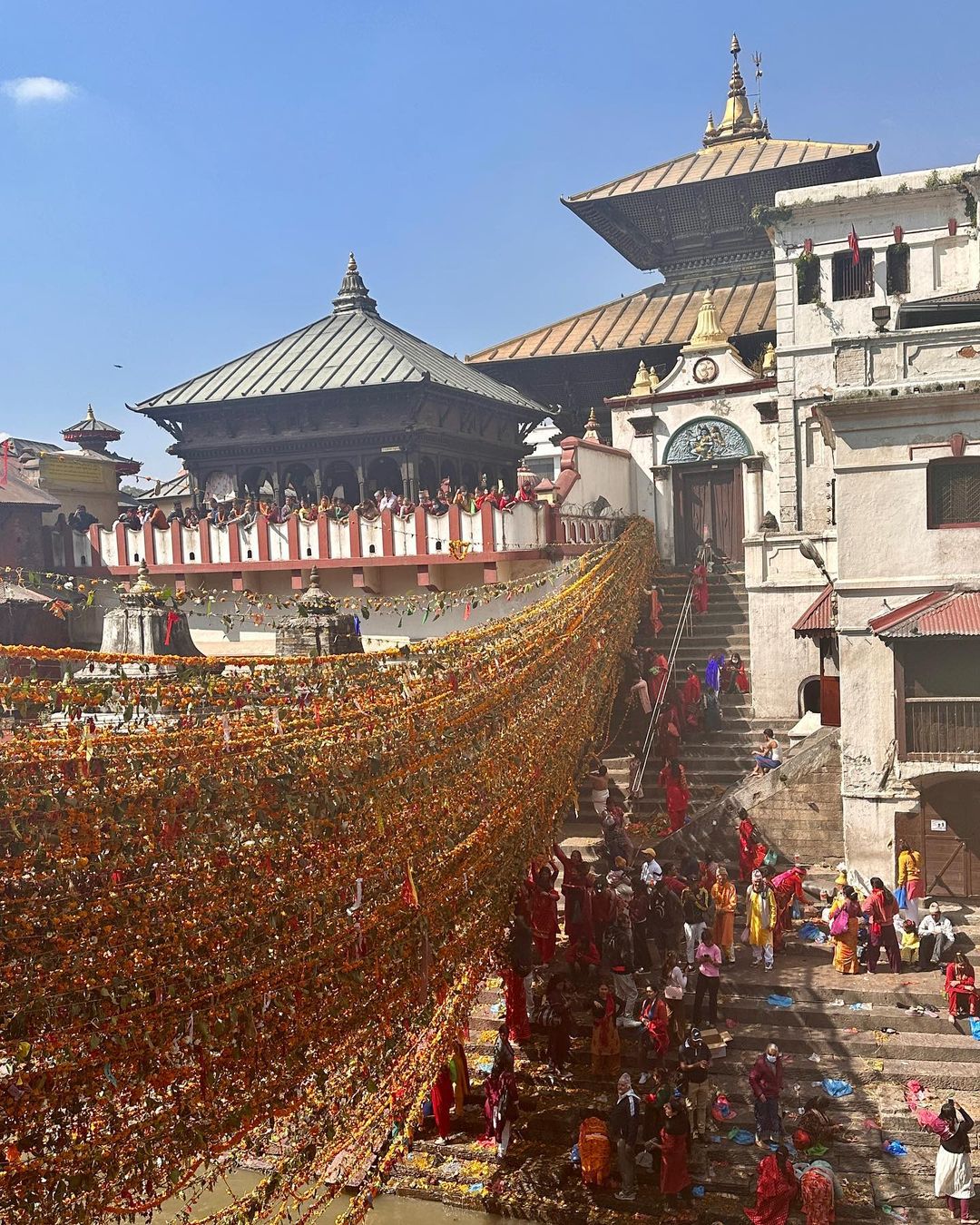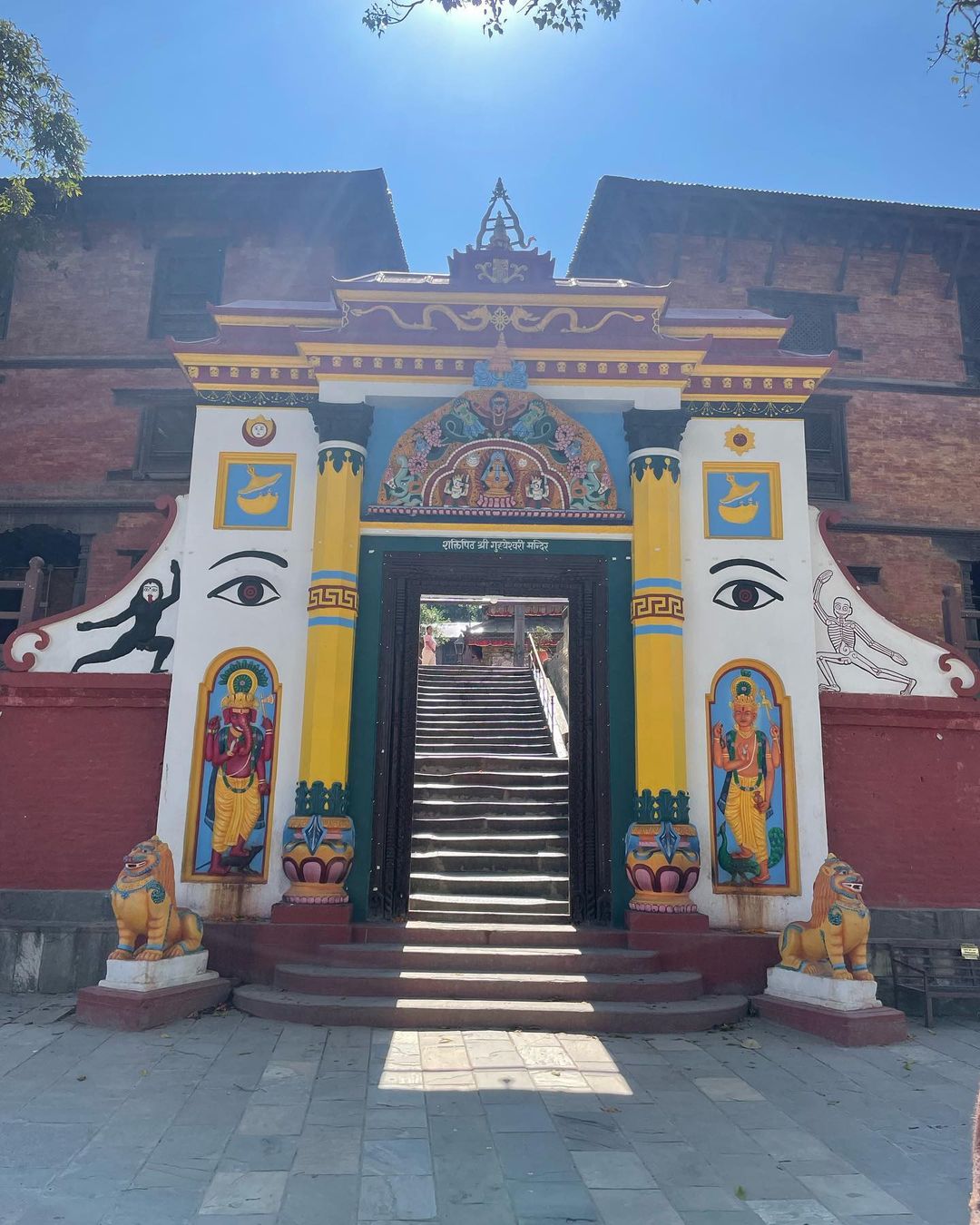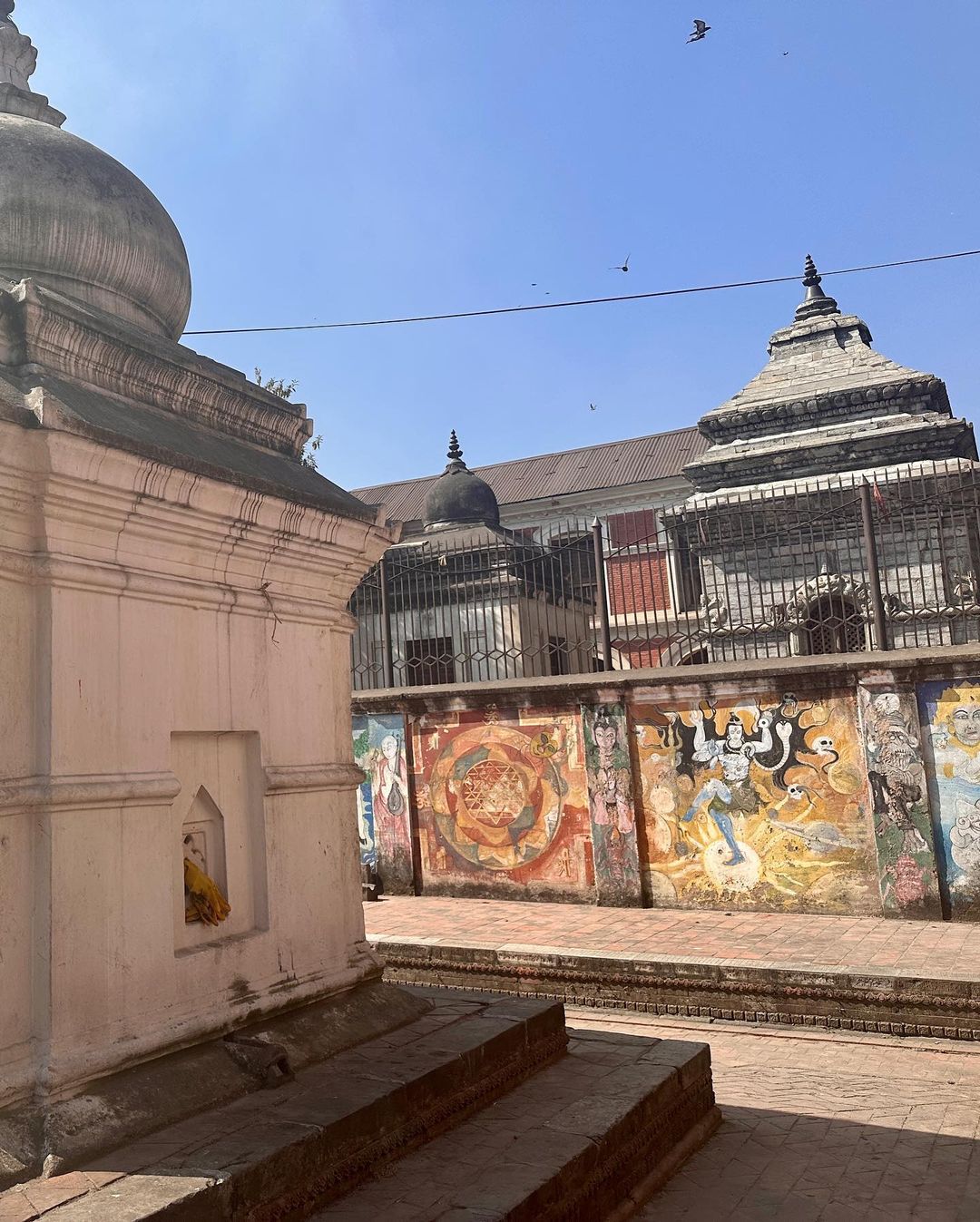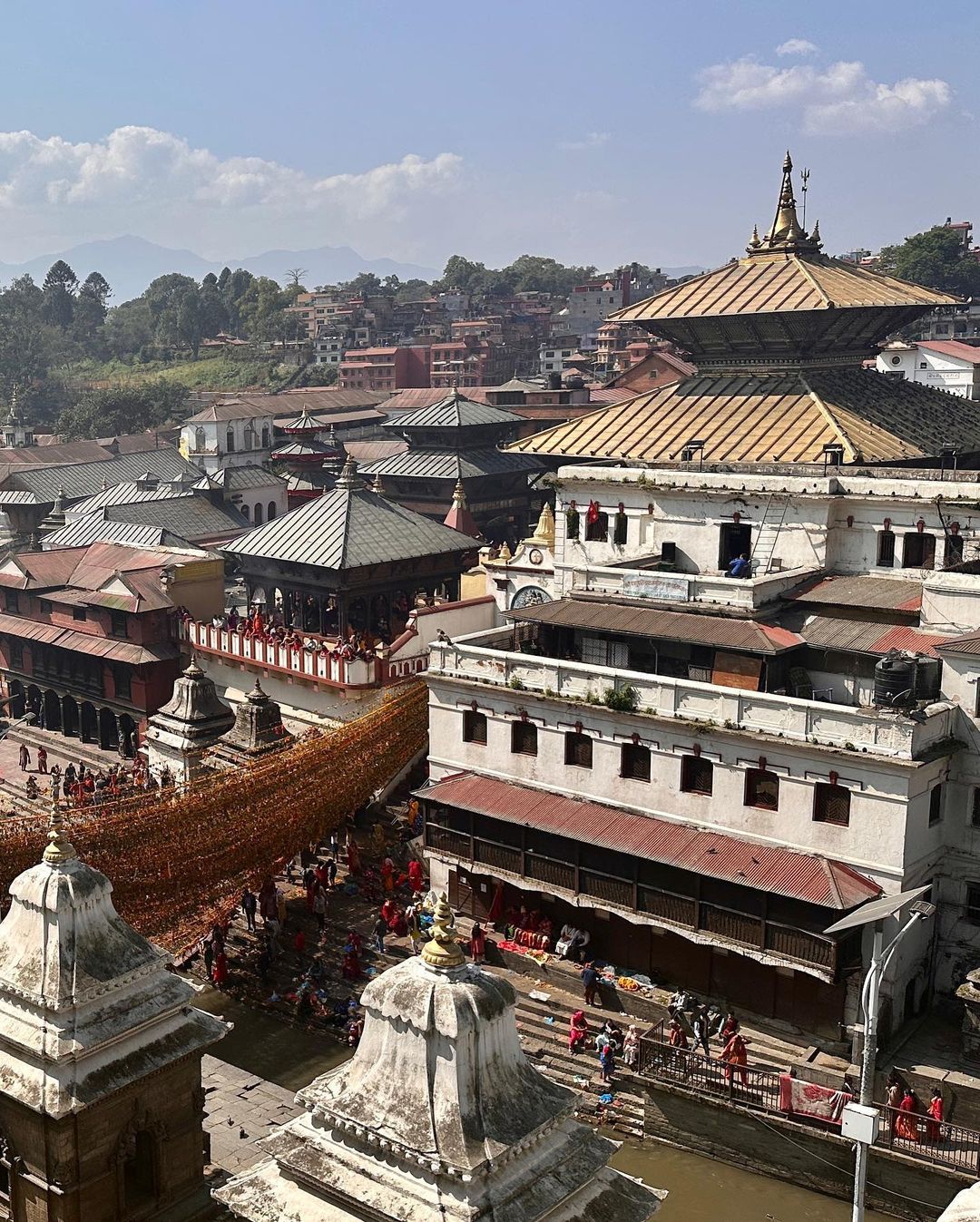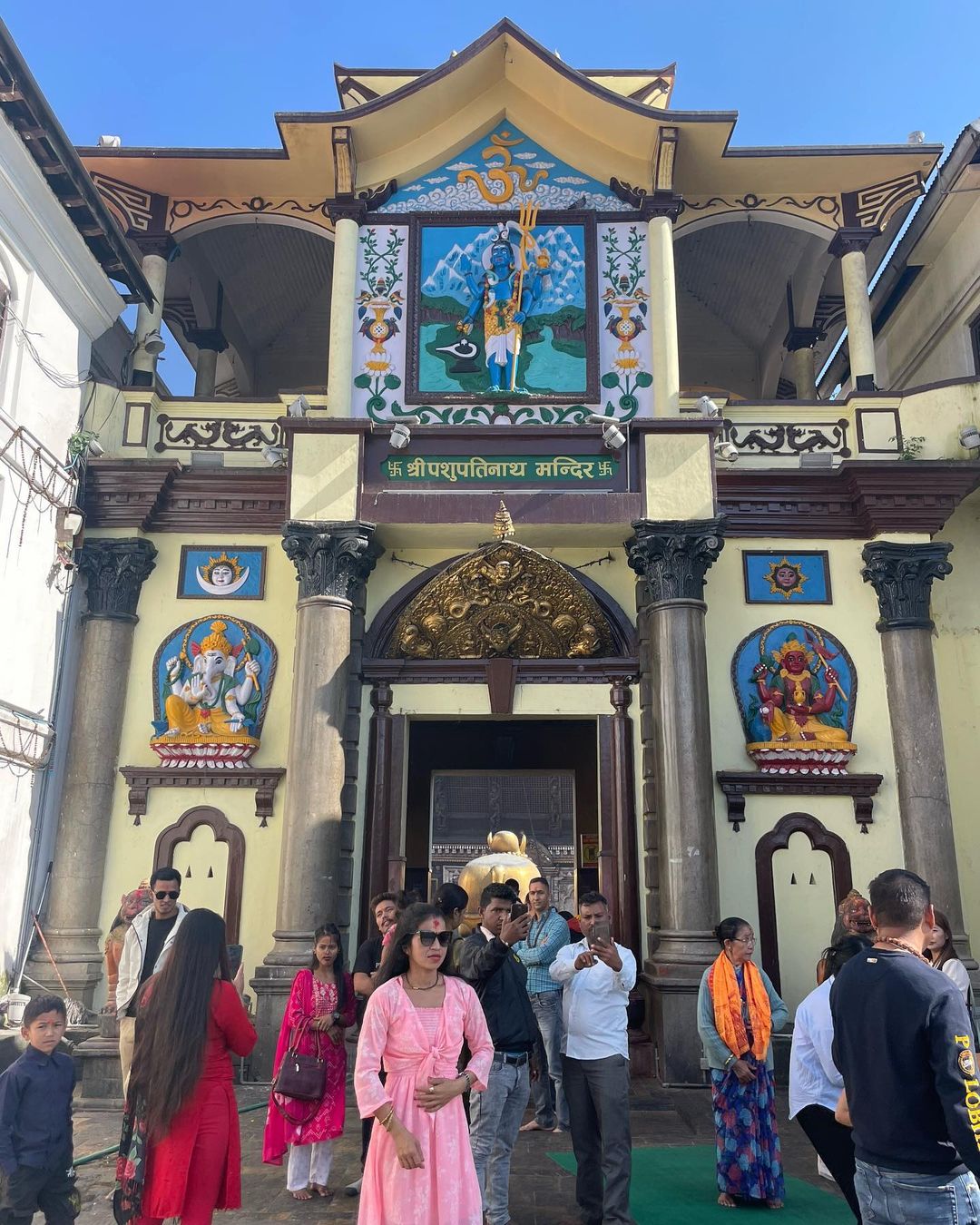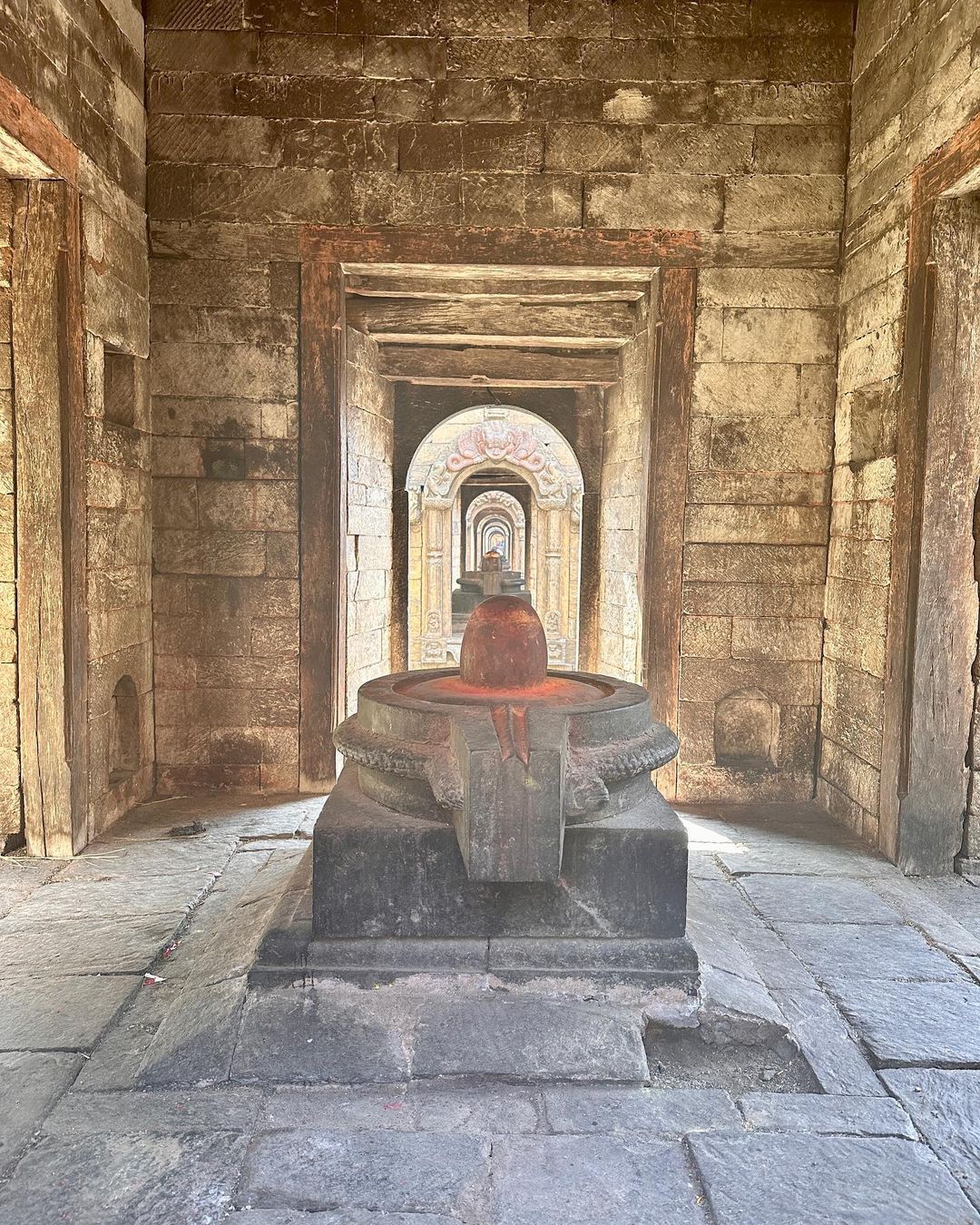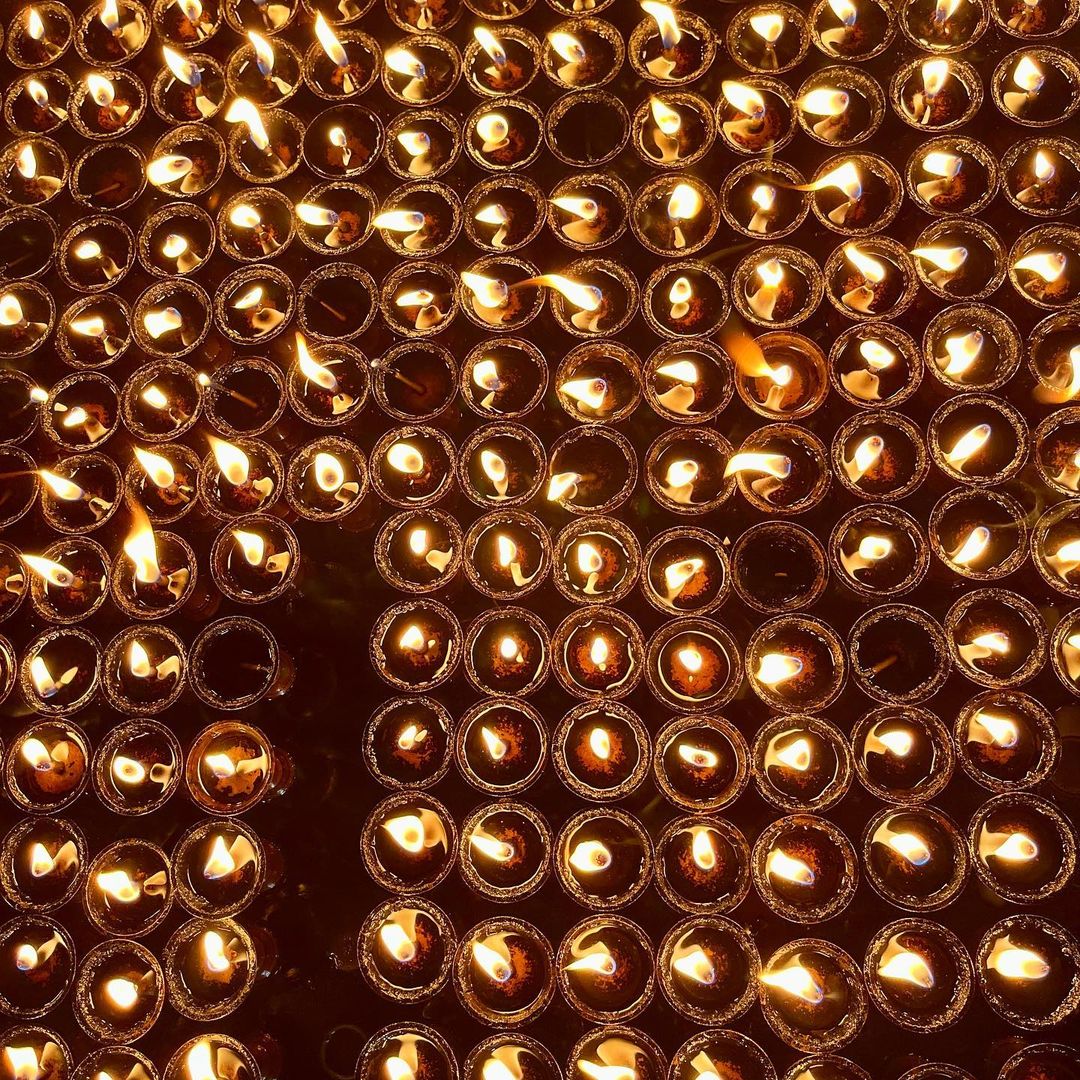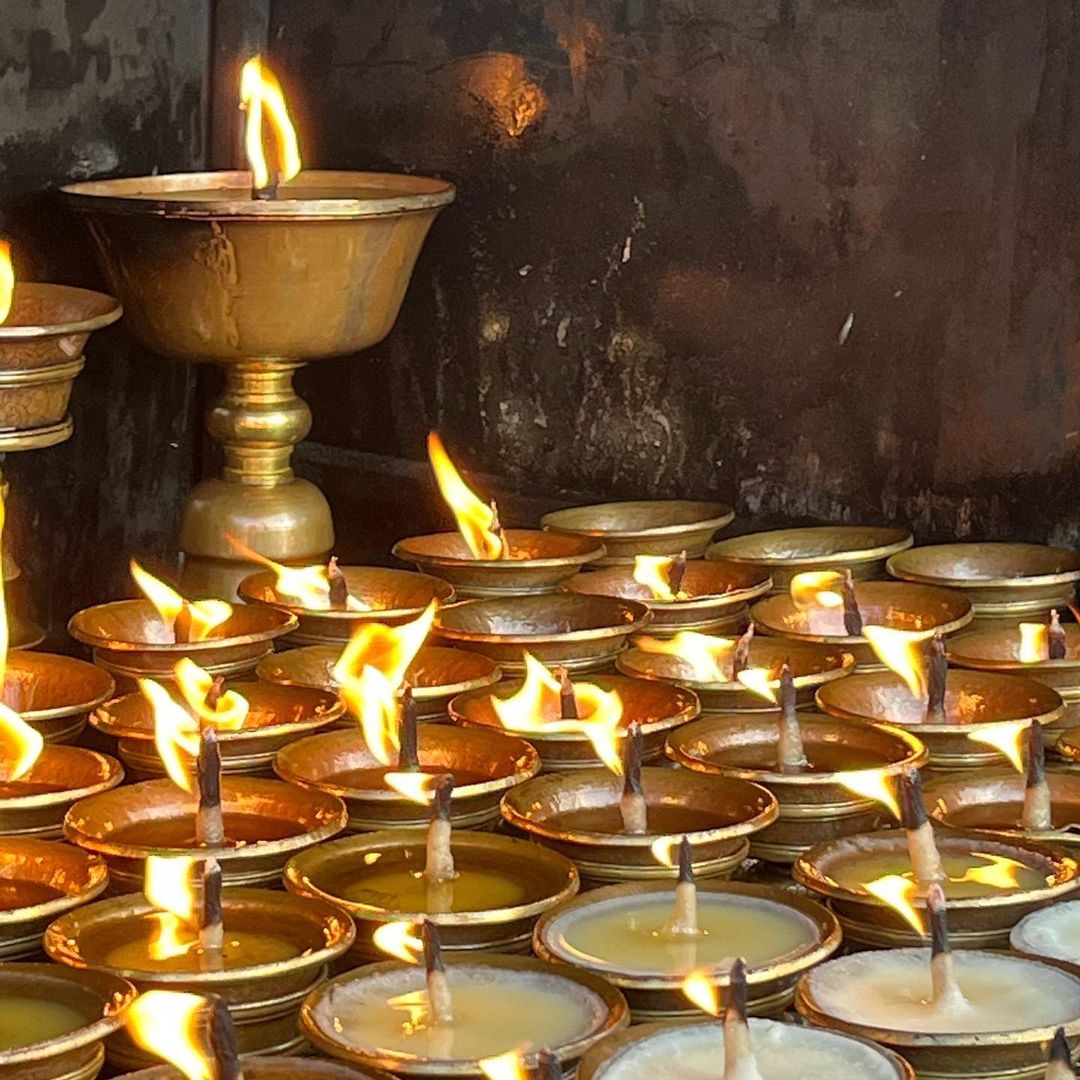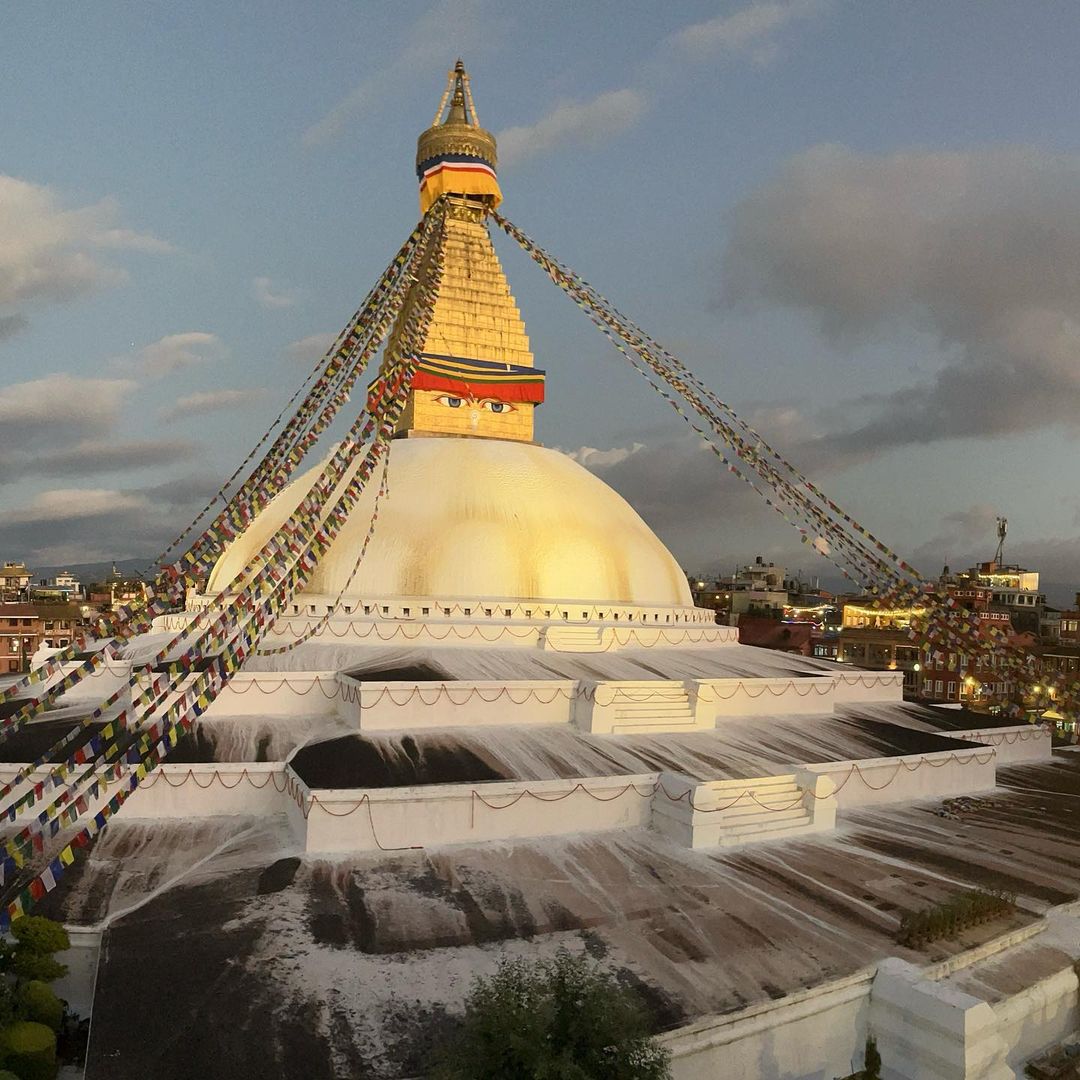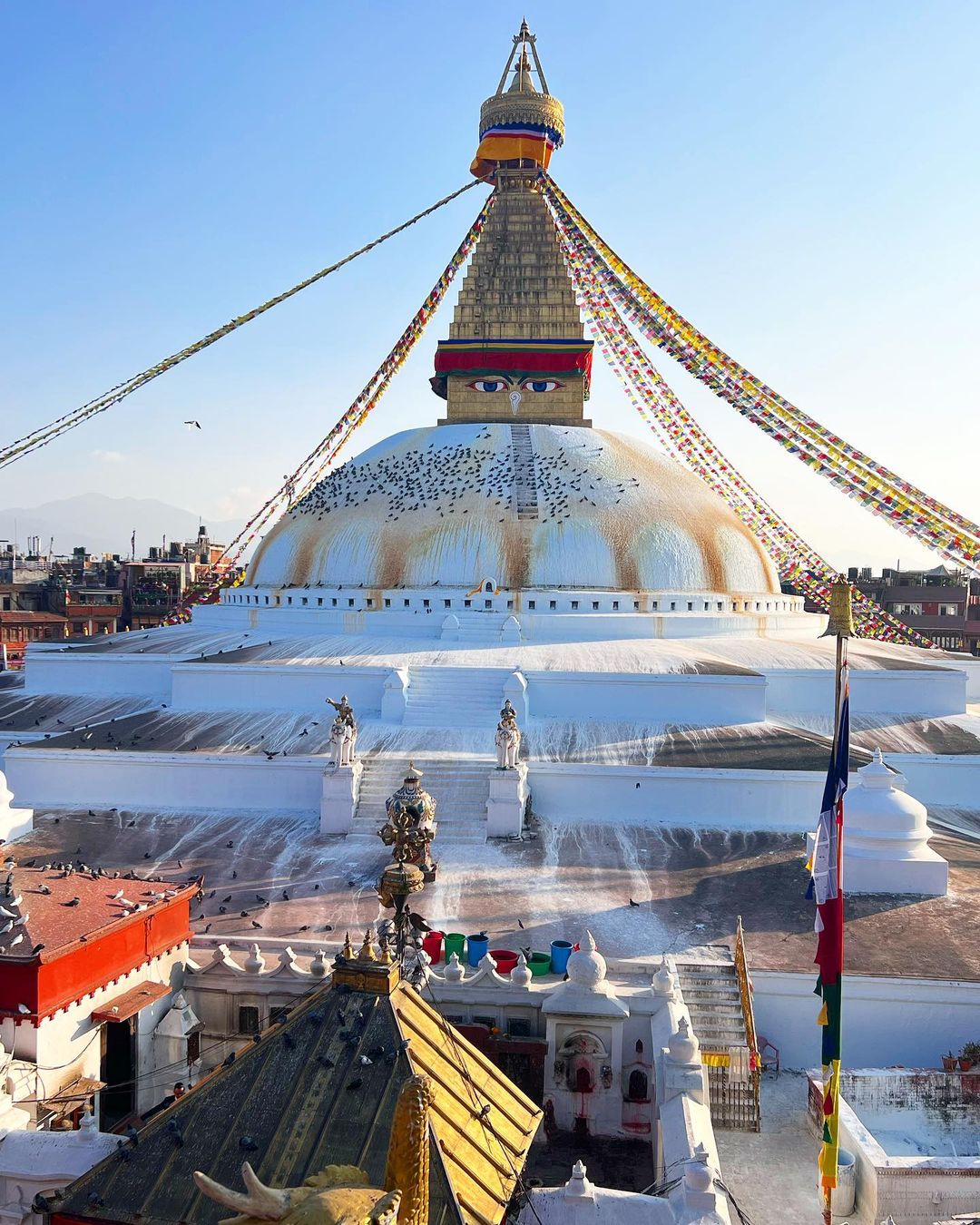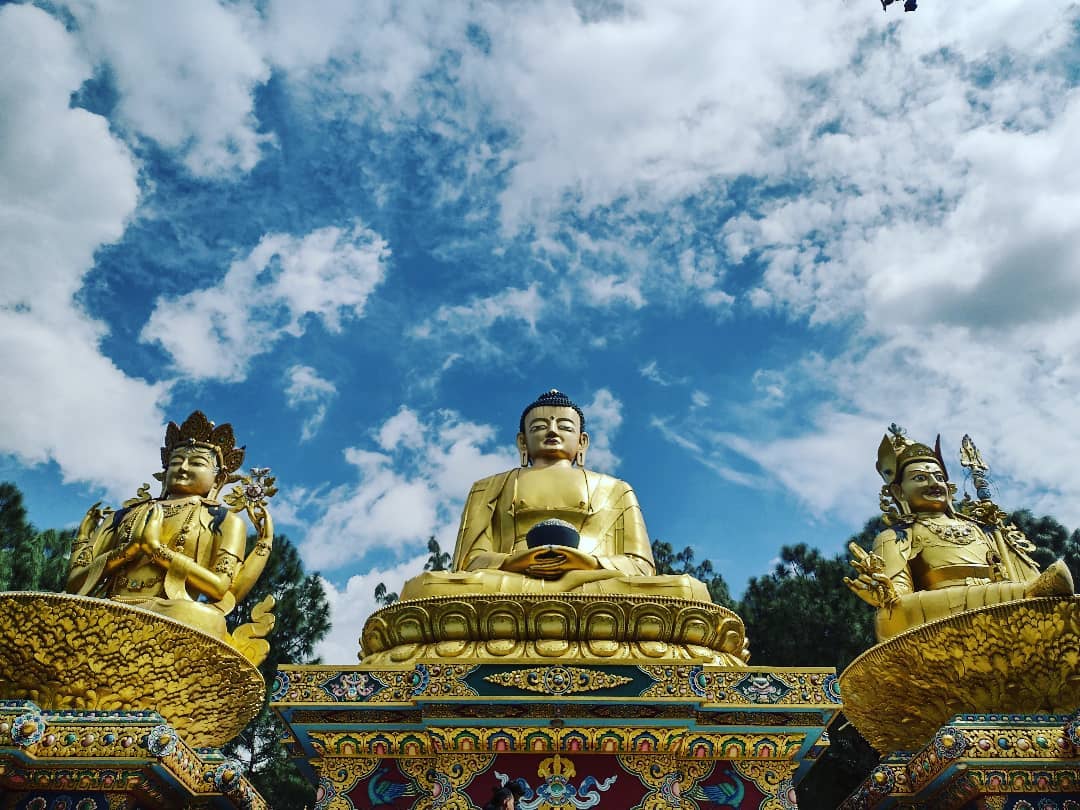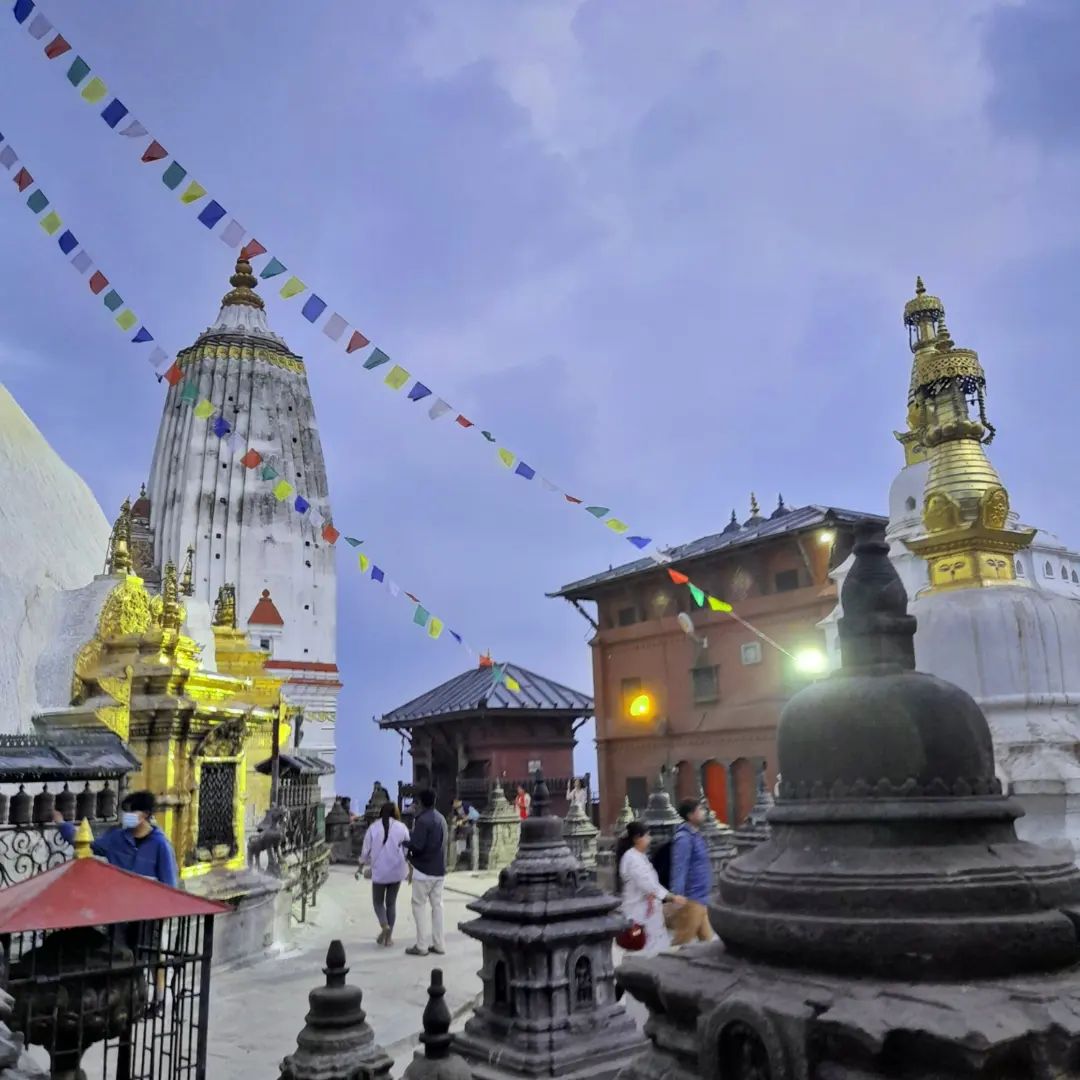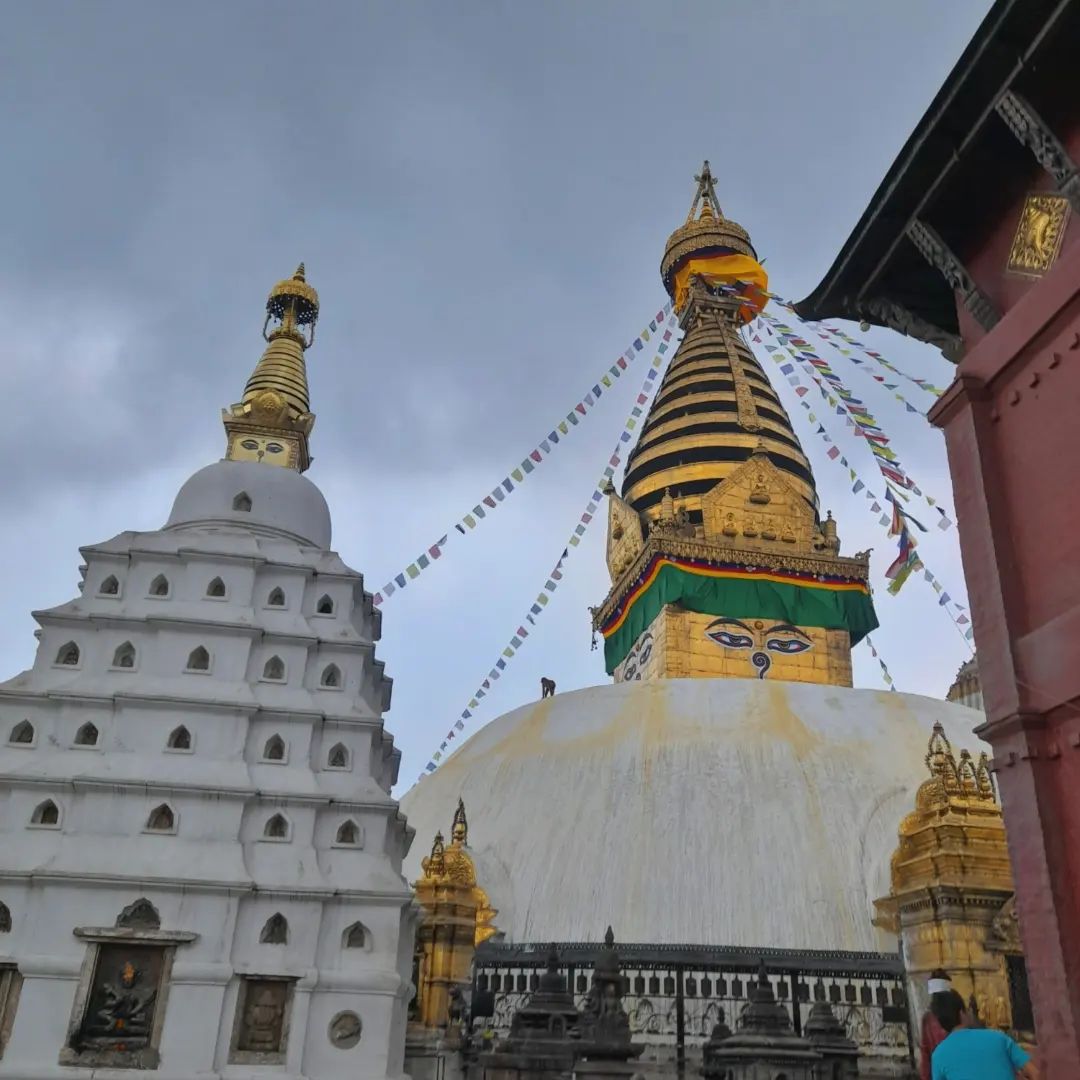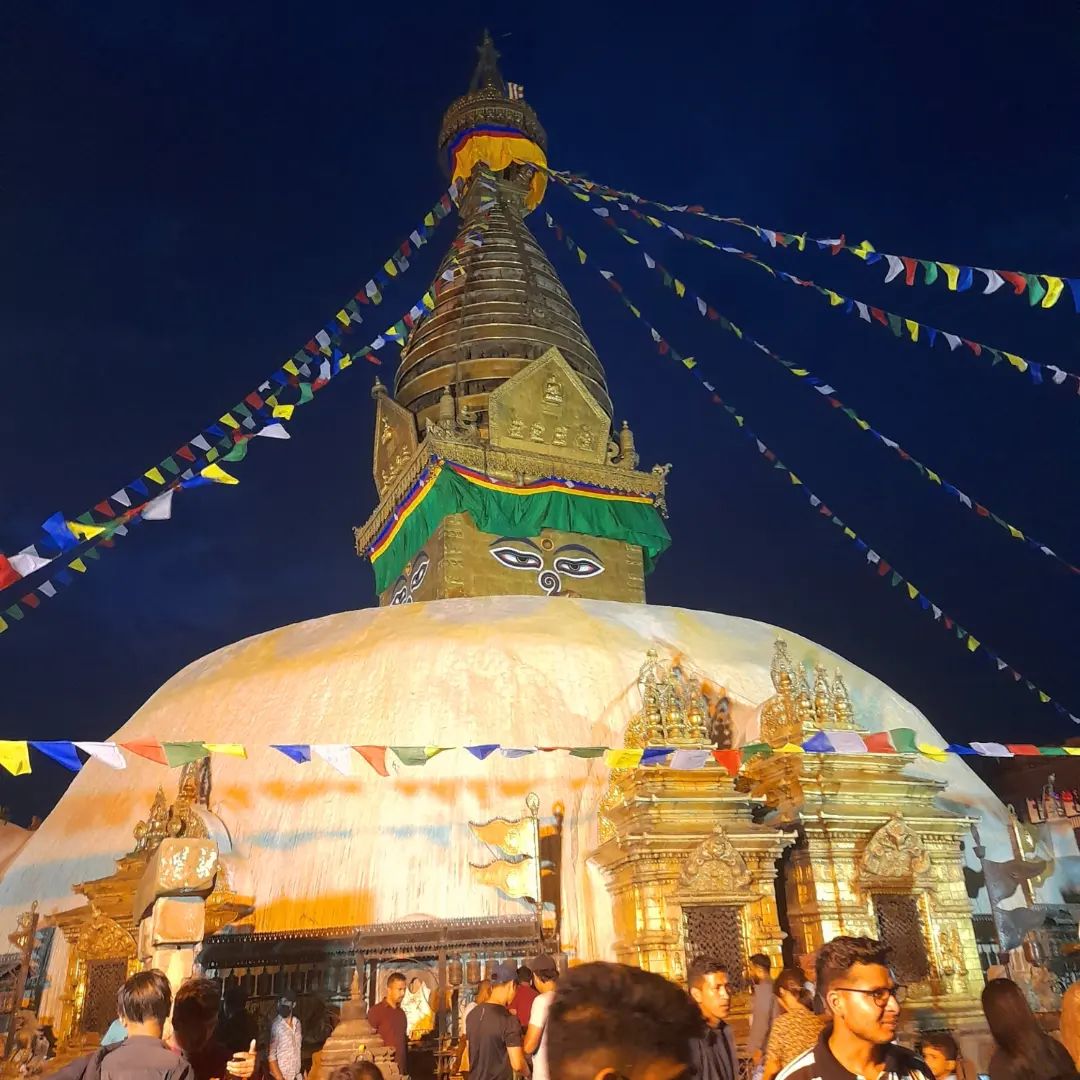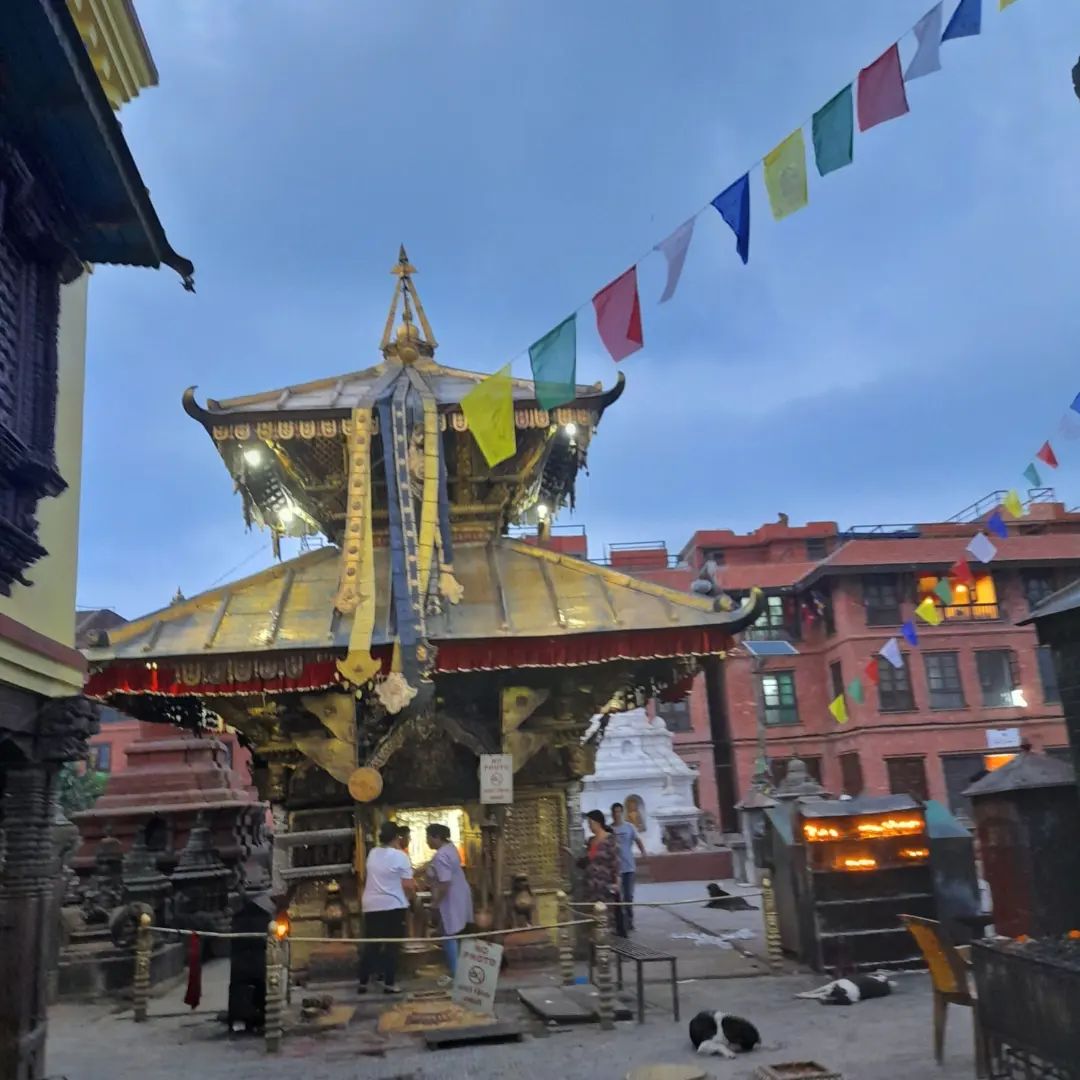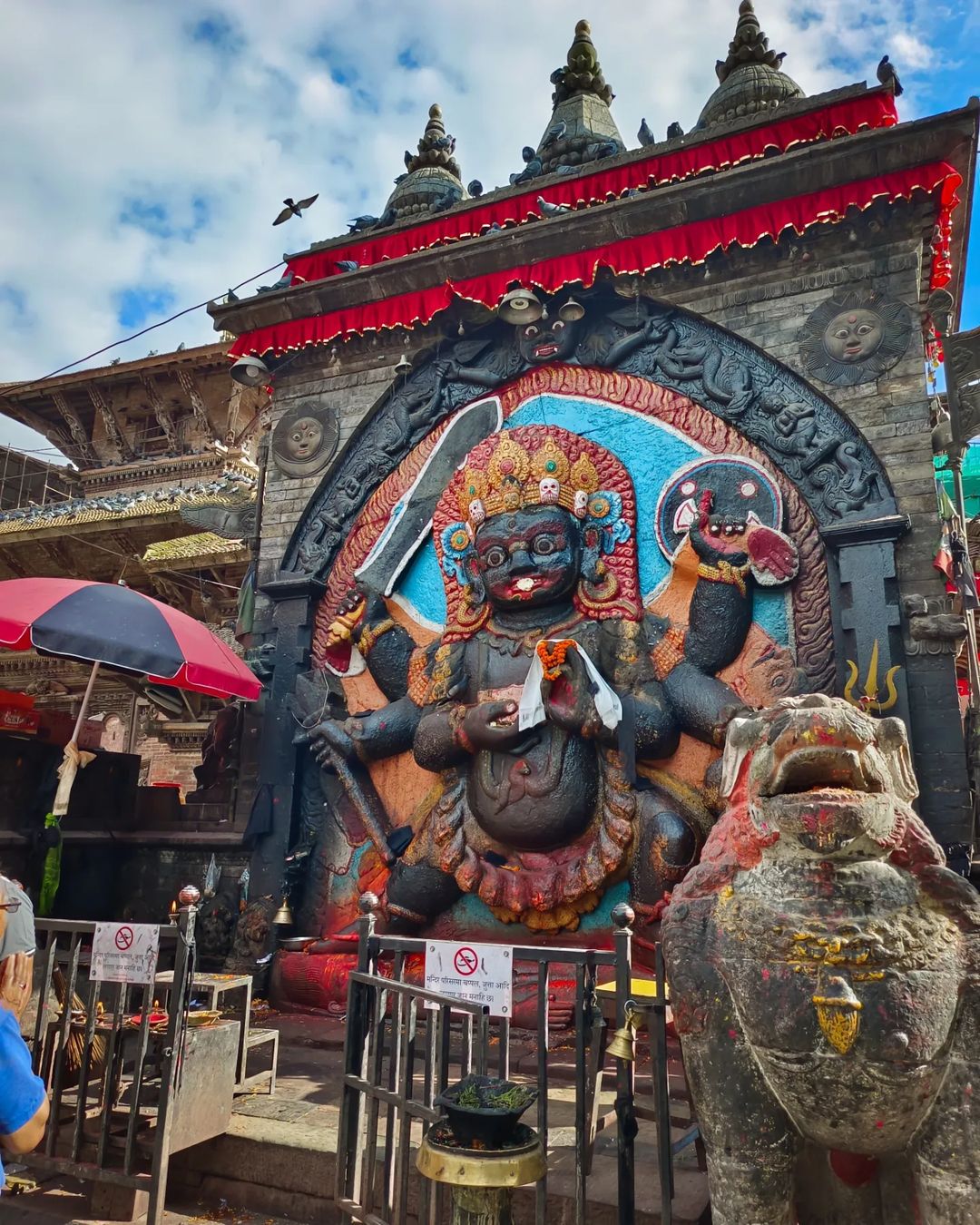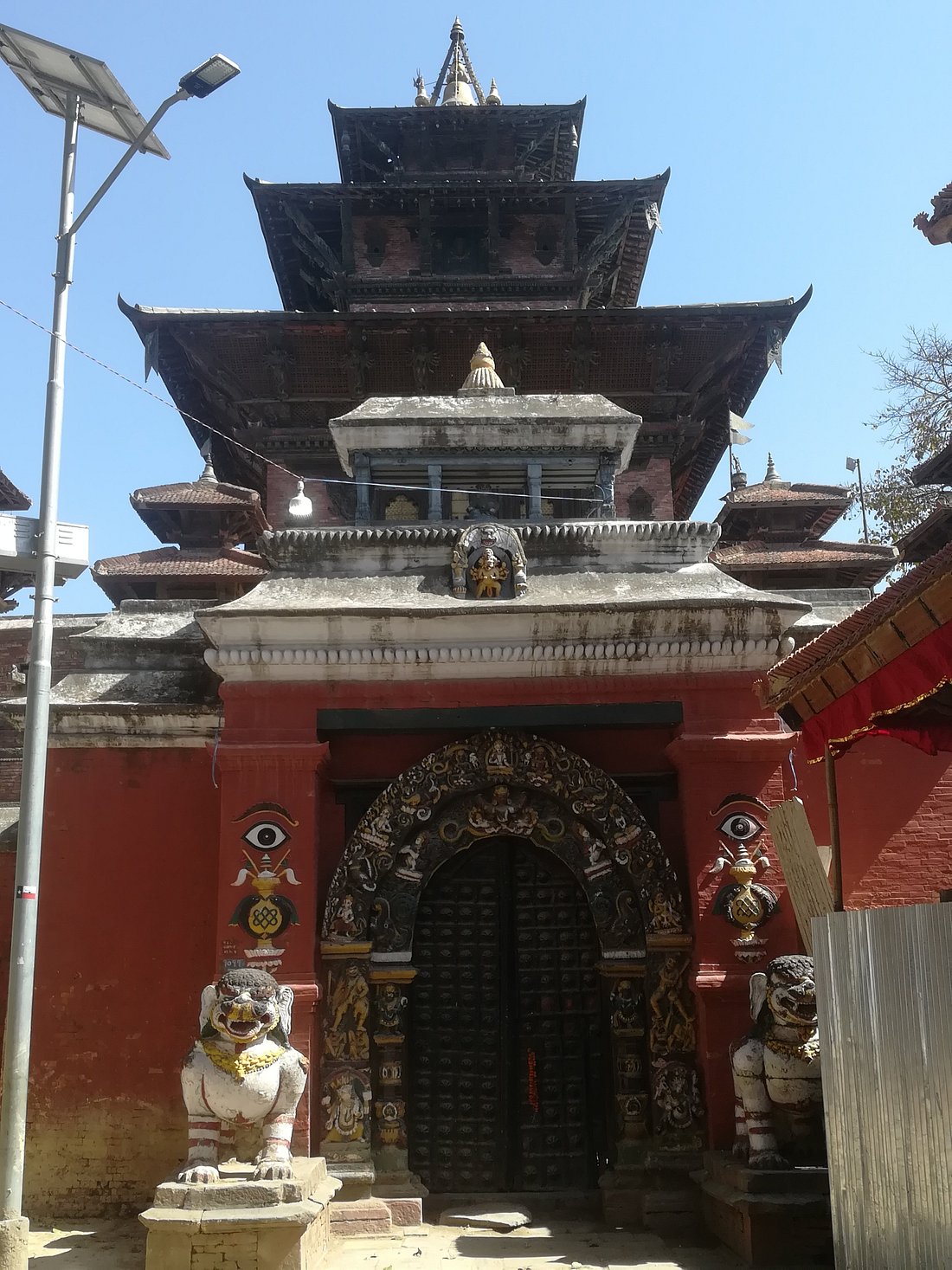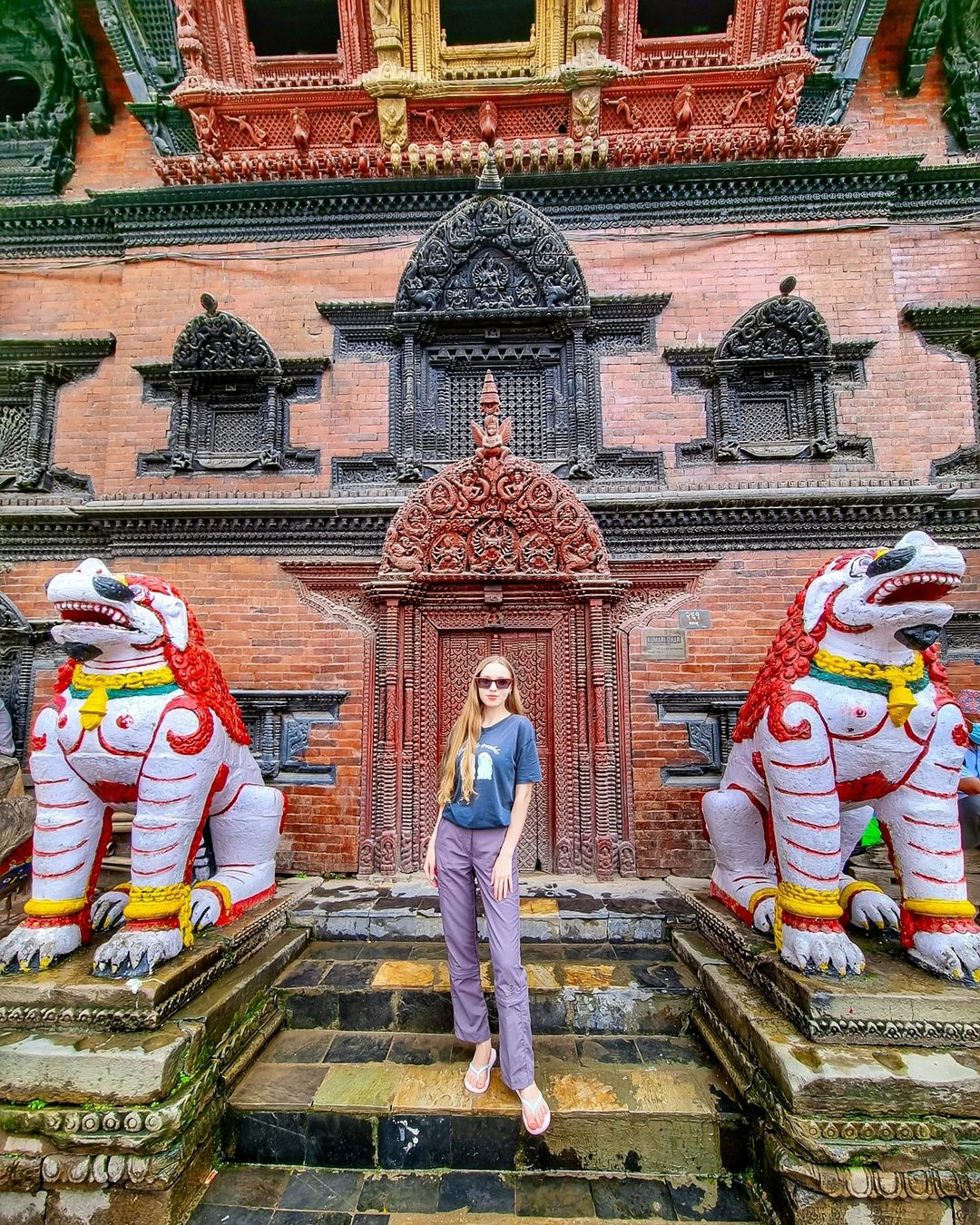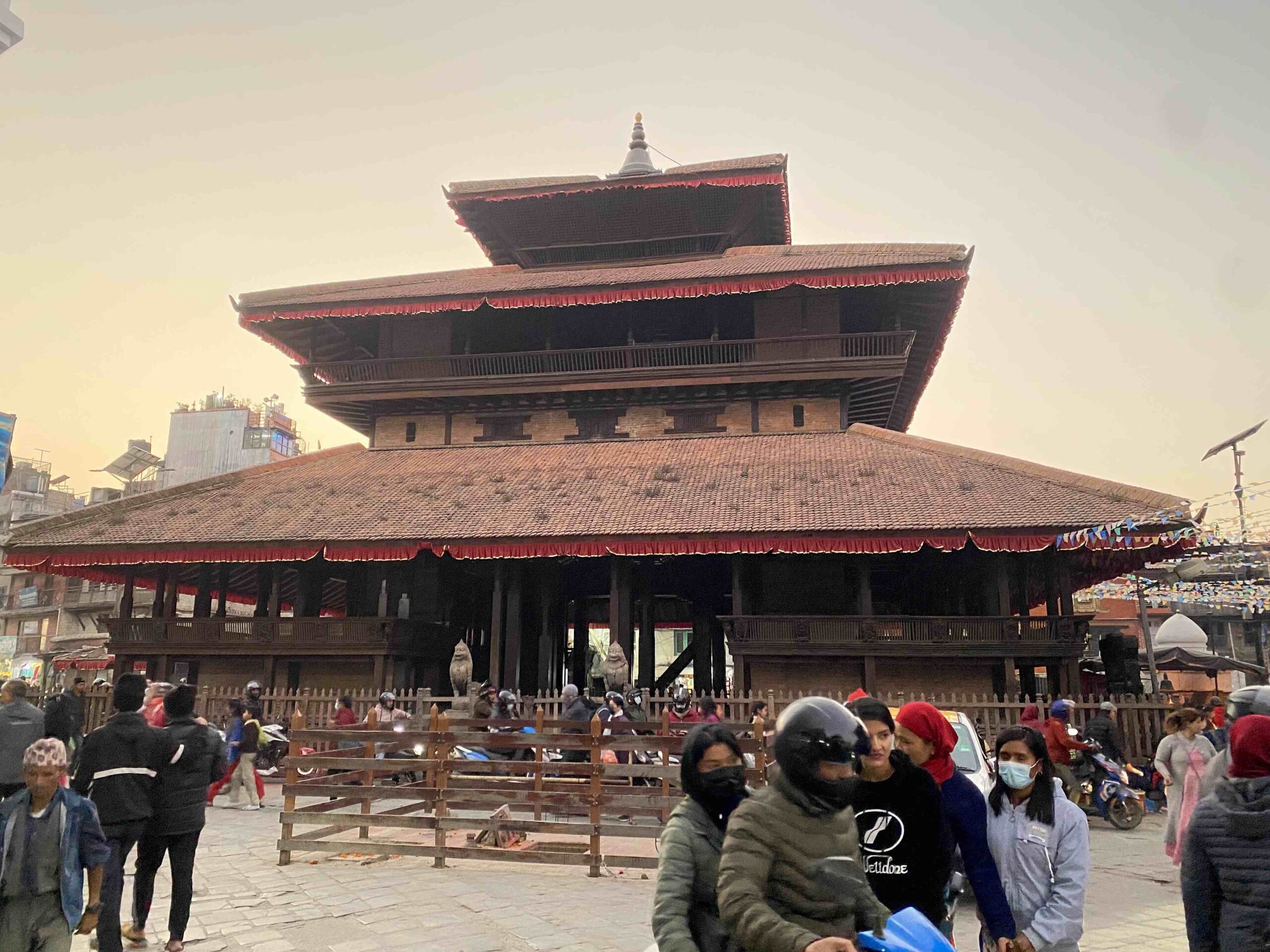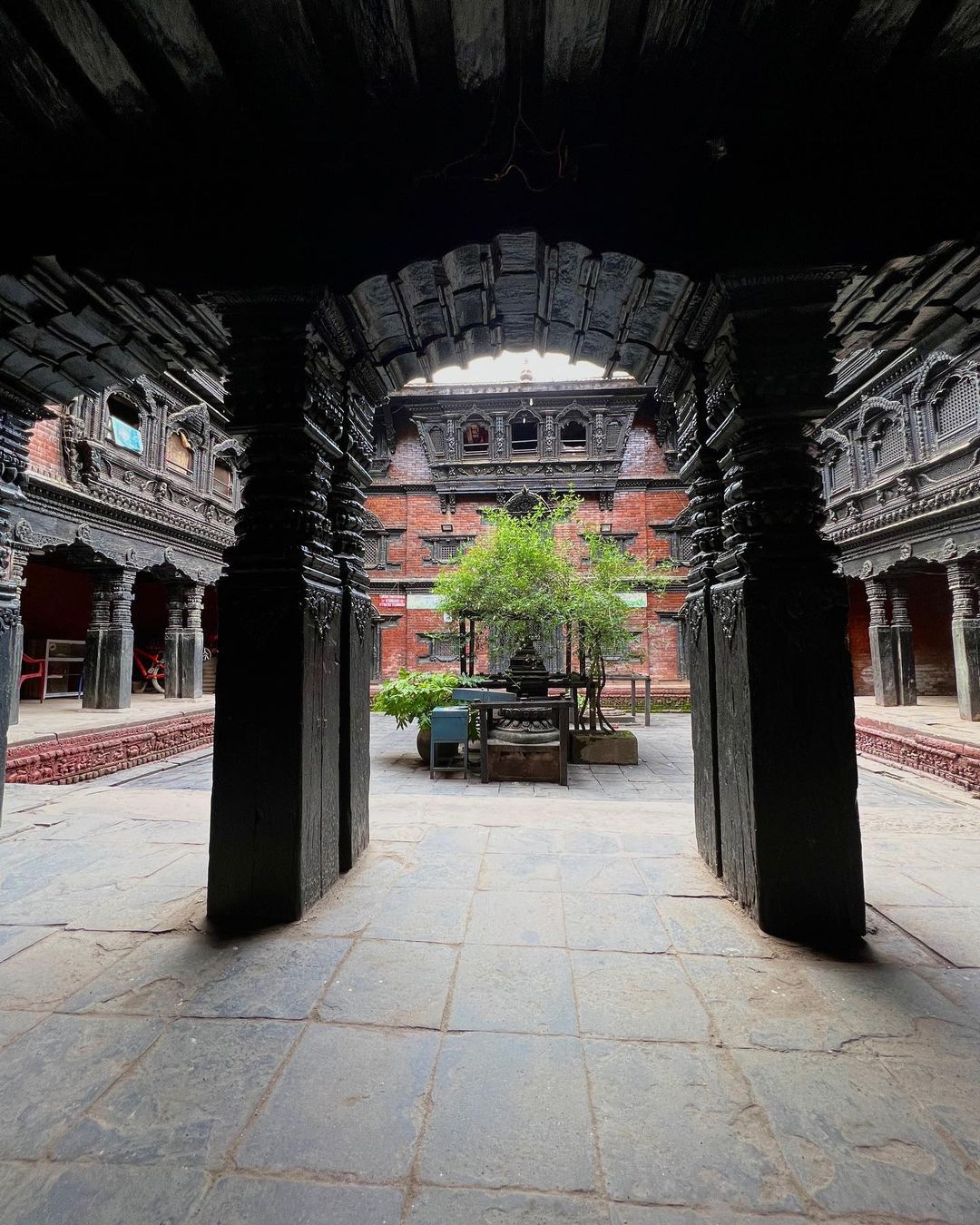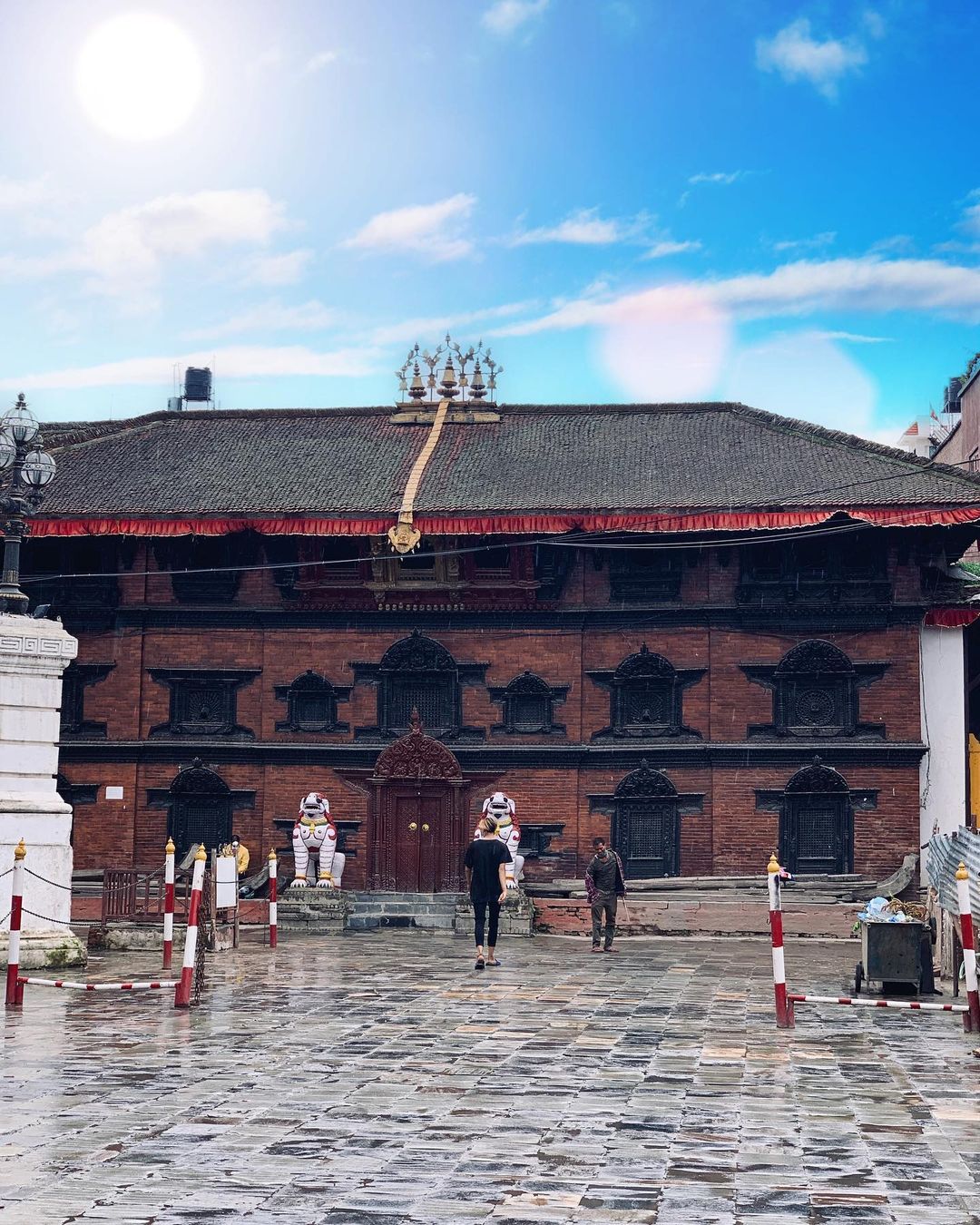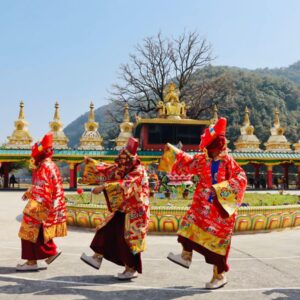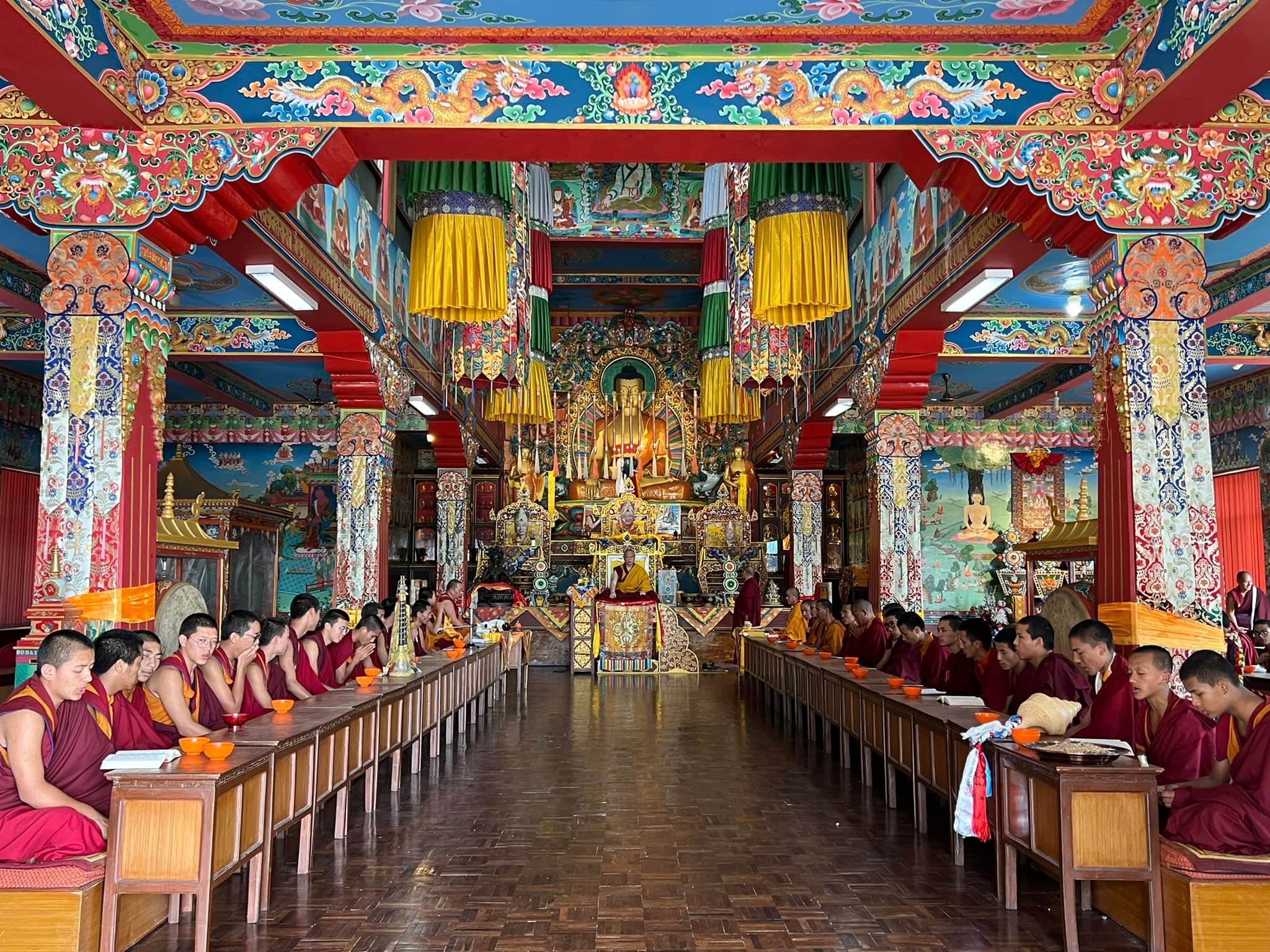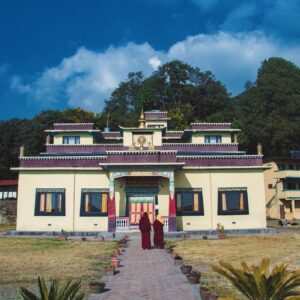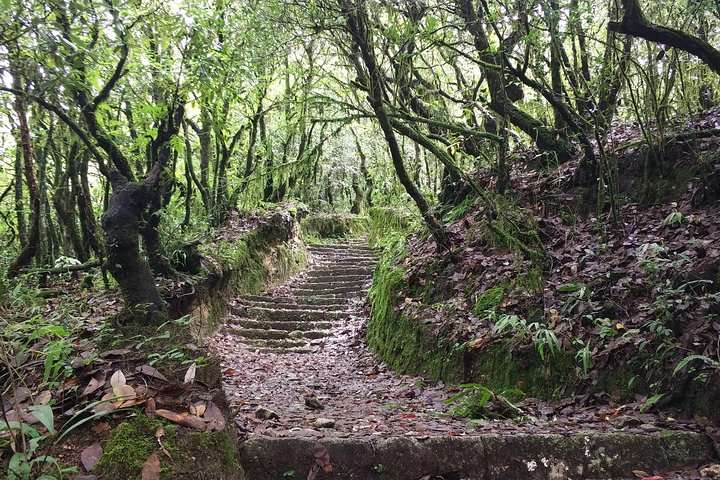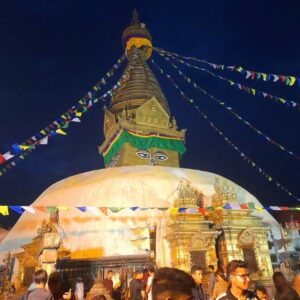Description
Kathmandu City Tour
Kathmandu Sightseeing Tour is an ideal choice to witness some of the UNESCO world heritages sites inside Kathmandu valley. Besides that, it is also the most popular Kathmandu city tour. During the day we can witness 4 of the heritage sites inside Kathmandu valley. It also offers a unique blend of cultural practices, lifestyle, heritages, historical monuments and religious places. Pashupatinath, Swayambhunath, Boudhanath and Kathmandu Durbar Square are the sites that we will explore during the trip.
These centuries’ old monuments are amazing and there are various interesting facts about these sites that we will get to know during the day. To complete the whole trip it takes about 8 hours and we take private vehicle throughout the trip. We can also choose to add or remove the places that we are willing to visit during the day.
Tour Itinerary
09:00 AM: Meet your Guide
10:00 AM: Explore Swayambhunath
12:00 PM: Lunch
01:00 PM: Visit Kathmandu Durbar Square
04:00 PM: Explore Boudhanath
05:30 PM: Visit Pashupatinath
01. Swayambhunath
Swayambhunath also known as the Monkey temple is situated at a hilltop in Kathmandu built in 5th century by the king Manadeva. As soon as we reach this heritage site, we will know the real reason behind the name. The Monkeys are everywhere. It is a complex that has achieved worldwide fame because of its history and incomparable beauty, which has made it one of the most popular tourist attractions in the country. In the valley of Kathmandu, on top of a hill, we find this wonder to which we must access through a staircase of 365 steps.
Situated at the top of the hill, we can have an amazing view of the Kathmandu valley from the top of Swayambhu during the Kathmandu city tour. Besides that the calmness and the smell of incense is sure to give us peace of mind. The main temple lies at the top of the hill, but we can also explore some other temples and monuments around the Swayambhunath area. Buddha Jayanti and Losar are two of the major festivals of Swayambhunath and huge numbers of devotees visit Swayambhunath during these festivals.
Facts – Swayambhunath
Other Name: The Monkey Temple
Locations: Swayambhu Kathmandu
Distance from Thamel: 3 km west
Elevation: 1318m.
Listed in UNESCO: 1979 A.D.
02. Kathmandu Durbar Square
Kathmandu Durbar Square also known as the Basantapur Durbar Square is situated in the heart of Kathmandu. It is one of the most visited touristic sites during the Kathmandu city tour. There Is always a huge crowd any time of the day. During the morning time many people visit Basantapur to pray to the gods. Meanwhile, during the day time it becomes one of the central points for all the tourists. In the evening, we can see busy people walking through the streets of the Kathmandu Durbar Square.
Kathmandu Durbar Square is one of the ideal places to witness the centuries old art and architecture. During our visit we can notice the spectacular architecture and the skills of the Newar artists as well as other craftsmen. This durbar square holds the palaces of the kings of the Malla and the Shah dynasty of Nepal. Besides that we can also witness some of the temples, monuments and the amazing architecture .
The name Kathmandu was derived from the beautiful temple Kasthamandap that lies inside the Basantapur Durbar Square, which was built in the 15th century.
Facts – Kathmandu Durbar Square
Other name : Basantapur Durbar Square
Listed in UNESCO: 1979 A.D.
Location: Basantapur Kathmandu
Popular sites :
- Hanuman Dhoka
- Kasthamandap
- Kumarighar
- Kaal Bhairab
Hanuman Dhoka
Hanuman Dhoka is the ancient royal palace of the Shah dynasty of Nepal. This palace got its name because of the stone image of the Hindu deity Hanuman which is situated at the entrance gate of the palace. The eastern wing which consists of the 10 courtyards is believed to be one of the oldest which was built in the 16th century. Later on it was expanded by Pratap Malla during the 17th century.
As of now the Hanuman Dhoka Durbar is made public for the locals. This ancient royal palace is now a museum. We can see the ancient art and architecture of the ancient time. Besides that, we can also witness some of the vintage photos, royal seats and the collections of the currencies that are used in the ancient times. This museum shows the lifestyle, childhood and the marriage ceremonies of the Kings and the Queen of Nepal.
Kasthamandap
Kasthamandap is a 3 storied pagoda style temple which was built in the 15th century. It is also belleved to be one of the oldest wooden buildings of the world. Rich in history, Kasthamandap Is one of the major places to witness the ancient architecture. It is one of the sites inside Kathmandu which is harmed by the devastating earthquake of 2015. As of now this temple is under renovation and is expected to be completed soon.
This temple holds various myths. Besides that, it is also believed to be built during the Lichchhavi period in Nepal. Kasthamandap temple is one of the must visit places which was built by a single tree and was made completely out of the woods. This temple is devoted to Guru Gorakhnath ,we can also witness the four statues of lord Ganesh around the temple.
Kumari Ghar
This ancient building houses the six year old “living goddess” revered by the people of Nepal. Each Kumari is chosen based on 32 characteristics of physical perfection plus her horoscope. Once the child is accepted she remains indoors at all times except for religious ceremonies. Occasionally, she will briefly appear at the wover window. Pictures other are strictlv foroidden.
The most important festival for the Kumari is Indra Jatra, a celebration of the harvest held in late August or early September. Besides that, Indra Jatra is also one of the major Newari festivals in Kathmandu valley. On the third day of the festival, the Kumari Devi is carried around Durbar Square in a chariot. At regular times, it remains open from 9:00-12:00 noon and 4:00-6:00 pm. This Kumari Ghar was built in 1757 by the King Jaya Prakash Malla.
Kal Bhairav
Kal Bhairav is one of the major attractions inside the Kathmandu Durbar Square. An amazing art and statue of the god Kal Bhairav can be seen in the middle of the Kathmandu Durbar Square. Huge numbers of people visit this temple every Saturday. Besides that, huge numbers of devotees also visit this temple during other days of the week too. It is believed that if you worship Kal Bhairab with good heart then all of your wishes are fulfilled.
Kal Bhairav is the terrifying avatar of god Shiva who is also called the Lord of Time and Death. The idol of Kaal Bhairav is seen standing in a violent form, stepping over a dead body holding a decapitated head in one hand. This avatar of Lord Shiva is fierce and unforgiving. He is mostly associated with vetala (ghouls) and pisaca (ghosts). The name “Bhairava’ literally means a terrifying form that is not afraid of anything. Thus, he can protect his devotees. He is also believed to be the supreme one after Lord Vishnu and can create, sustain and dissolve life on earth.
03. Boudhanath
Boudhanath is the most popular Buddhist monastery in Nepal, situated about 11 kilometers in the north east of Kathmandu. Once we enter the gate, we automatically feel peaceful looking at the white stupa. It’s really a beautiful place buzzing with people all around. It holds a cultural value and a good tourist destination for a quick round.
The enchanting prayers and the smell of the incense are sure to give us peace of mind. The Gompa is surrounded by various restaurants and souvenir shops. The original temple was said to have been built by an old woman and her sons, and historians date the current structure to the 14th century CE.
Boudhanath is the largest spherical Buddhist Gompa of Nepal. This place is crowded almost throughout the day. But most of the visitors explore this place during the evening. Besides that, devotees come to take an evening walk around the stupa which is one of the major rituals here and called Kora by the locals.
Facts – Boudhanath
Location: Boudha kathmandu
Listed in UNESCO: 1979 AD
Distance from Kathmandu: 11KM
Height: 36 meters
04.Pashupatinath
Pashupatinath temple is the most popular Hindu temple of Nepal, built in the 5th century and later renovated by the Malla kings. This temple is located in Kathmandu valley and lies besides the Bagmati River. Bagmati River is one of the major as well as the holy rivers of Nepal.
This temple is dedicated to Lord Shiva, the Hindu God and is one of the four most important religious sites in Asia and one of the most sacred Hindu sites inside the Kathmandu valley.
This spiritual place is one of the peaceful places of Nepal and holds huge significance for the Hindu religion. Besides that, Buddhist also pays a visit to this sacred place. During the Mahashivaratri festival, huge numbers of devotees visit this holy temple. Thousands of visitors from all over Nepal, India and many other countries pay a visit to this sacred temple.
Meanwhile the Non Hindus are not allowed inside the main temple of Pashupatinath. However, we can always choose to explore some of the interesting places around the surroundings of Pashupatinath Temple. The architecture and design of the monuments are beautiful, and it makes us wonder how people in the past were able to accomplish such a grand project without modern technology- a must-visit place especially for those who want to see the cultural heritage of Nepal.
Facts – Pashupatinath
Location: Pashupatinath Kathmandu
Area: 1.56 Acres
Listed in UNESCO: 1979 AD
Distance from kathmandu: 5 KM
Package Cost :
Group size:
- 2-3 people
- 4 – 5 people
- 6 – 10 people
Cost:
- USD 55 per person
- USD 40 per person
- USD 30 per person
Transport:
- Private Car
- Private Jeep
- Japanese Hiace
Cost includes:
01. Professional tour guide
02. Private transportation by car/ coach
03. All entry fees
Travel Tips
There are certain do’s and don’ts while exploring this beautiful historically rich city of Nepal. If you are planning to explore the Kathmandu city of Nepal then here are the few travel tips that might help you:
- Always carry plenty of water with you.
- Always wear a mask.
- Open your shoes or slippers before entering religious places like monasteries, temples etc.
- Don’t wear too short an outfit.
- Public affection is not accepted in Nepal.
We can customize this trip as per your schedule, budget and preferences. If you wish to discuss any aspect of this trip or your suitability for it please contact us.

